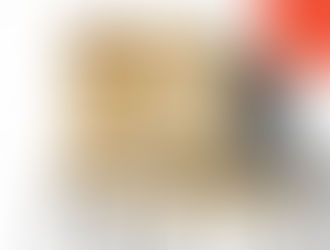Hyperelastic Bone!
- kirstenandrea96
- Oct 28, 2016
- 2 min read
Print-on-demand bone could quickly mend major injuries
If you shatter a bone in the future, a 3D printer and some special ink could be what fixes it. Researchers have created “hyperelastic bone” that can be manufactured on demand and works almost as well as the real thing. Though not ready to be implanted in humans, bioengineers are optimistic that the material could be a much-needed leap forward in quickly mending injuries ranging from bones wracked by cancer to broken skulls.
“This is a neat way to overcome the challenges we face in generating bone replacements,” says Jos Malda, a biomaterials engineer from Utrecht University in the Netherlands who was not involved in the work. “The scaffold is simpler to make than others and it offers more benefits.”
Surgeons currently replace shattered or missing bones with a number of things, most commonly an autograft, where a piece of bone is taken from a patient’s own body, usually from a hip or a rib, and implanted where it’s needed. Surgeons prefer autografts because they’re real bone complete with stem cells that give rise to cartilage and bone cells to provide extra support for the new graft. What’s more, because the new bone replacement comes from a patient’s own body, there’s no risk of immune rejection. But only so much of a person’s skeleton is available for grafting, and doing so tacks on another painful surgery and recovery for the patient.
Their hyperelastic bone is a type of scaffold made up of hydroxyapatite, a naturally occurring mineral that exists in our bones and teeth, and a biocompatible polymer called polycaprolactone, and a solvent. Hydroxyapatite provides strength and offers chemical cues to stem cells to create bone. The polycaprolactone polymer adds flexibility, and the solvent sticks the 3D-printed layers together as it evaporates during printing. The mixture is blended into an ink that is dispensed by the printer, layer by layer, into exact shapes matching the bone that needs to be replaced. The idea is, a patient would come in with a nasty broken bone—say, a shattered jaw—and instead of going through painful autograft surgeries or waiting for a custom scaffold to be manufactured, he or she could be x-rayed and a 3D-printed hyperelastic bone scaffold could be printed that same day.
“We’re printing flexible scaffolds that will encourage bone to grow through and around them,” says Ramille Shah, a material science engineer and co-author on the study.
























Comments